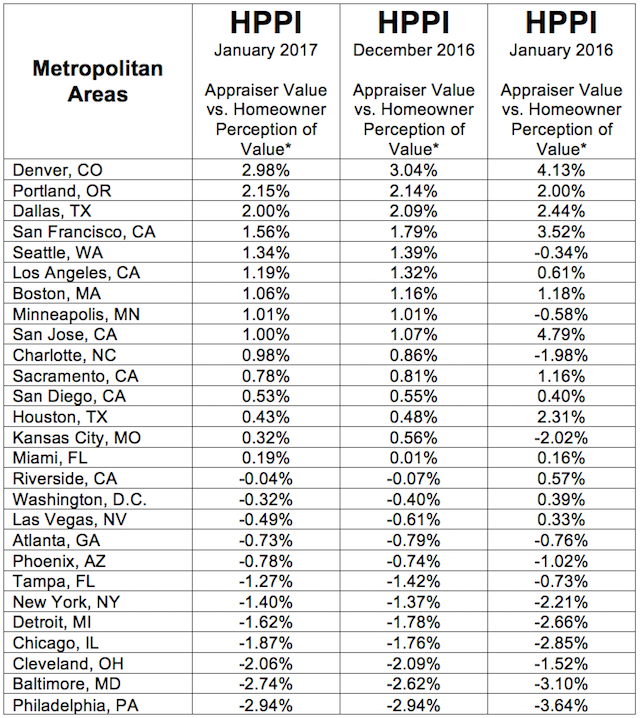Last week’s column discussed California’s new Summary of Offer form that was designed for listing agents to present to their clients who were likely to be a bit overwhelmed by the standard eight-page offer to purchase. Judging by the emails I received, California is certainly not the only state where such a form would be a useful tool for listing agents and their clients.

If a single offer to purchase can be difficult for typical sellers to digest, what happens when they receive multiple offers? “Confusion” would be one correct answer to that question. And, by all accounts, there’s probably a lot of confusion at play these days, as low-inventory markets continue to generate more than a typical amount of multiple offers.
It is a good thing, then, that the Standard Forms Advisory Committee of the California Association of REALTORS® (CAR) has also produced a Summary of Multiple Offers form (C.A.R. Form SUM-MO).
The multiple-offer summary is in many respects similar to the single-offer summary. It presents in an easy-to-read table form a side-by-side comparison for up to five different offers. It covers the same eleven terms as the single-offer summary. They are: (1) purchase price, (2) initial deposit, (3) increased deposit, if any, (4) loan amount, (5) close of escrow date, (6) possession date, (7) removal date for loan contingency, (8) for appraisal contingency, and (9) for buyer’s inspection contingency, (10) sale of buyer’s property contingency, if any, and (11) whether certain items are included in the sale.
There is also a place in each offer column to identify the name and firm of the buyer’s agent.
Unlike the single-offer summary, the multiple offer comparison is generated entirely by the listing agent. (There is no way it could be accessed by the various buyer agents.) Would this incur any special risk of liability on the listing agent’s behalf? I don’t think so, as long as he or she gets it right. Indeed, it could someday be a useful piece of evidence to show that the listing agent had, indeed, represented the competing offers correctly.
A listing agent who uses the multiple-offer summary will still need to address some items that, as with the single-offer summary, are not covered in the form. The form does not, for example, address the question of who is to pay for HOA documents and/or transfer fees. Nor does it show if a home warranty policy is being requested.
The multiple-offer summary form provides a great and convenient start for agents to make comparisons with their clients. But for the comparisons to be complete, they will need to bring some more information to the table.
California REALTORS® can access the Summary of Multiple Offers on Zipforms®. Anyone from another state is welcome to contact me for a pdf. sample.
Bob Hunt is a director of the California Association of Realtors®. He is the author of Real Estate the Ethical Way. His email address is This email address is being protected from spambots. You need JavaScript enabled to view it..



